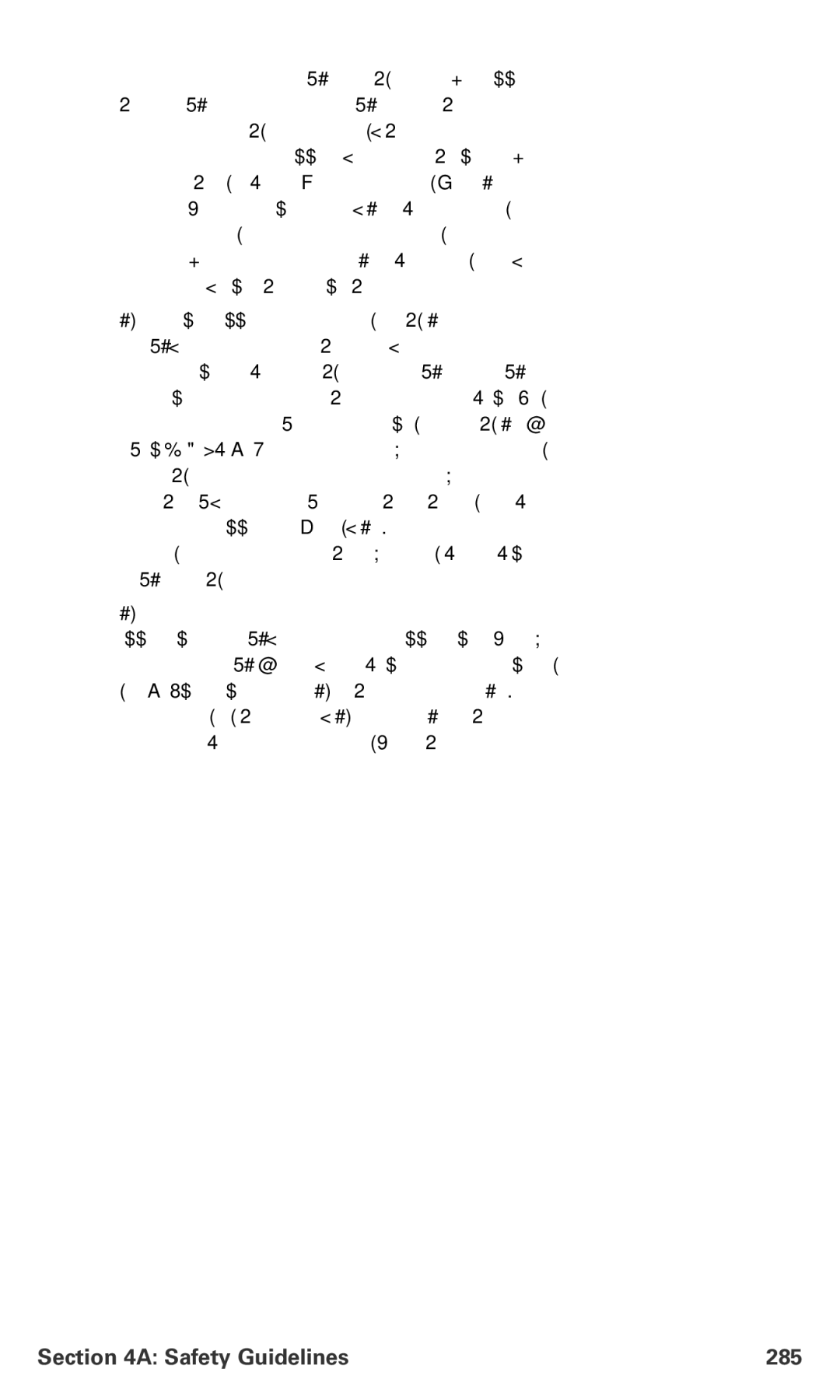less than or greater than the actual RF emitted by the phone. This difference between the RF test measurement and actual RF emission is because test measurements are limited by instrument accuracy, because test measurement and actual use environments are different, and other variable factors. This inherent variability is known as “measurement uncertainty.” When FCC conducts
FDA scientific staff reviewed the methodology used by FCC to measure cell phone RF, and agreed it is an acceptable approach, given our current understanding of the risks presented by cellular phone RF emissions. RF emissions from cellular phones have not been shown to present a risk of injury to the user when the measured SAR is less than the safety limits set by FCC (an SAR of 1.6 w/kg). Even in a case where the maximum measurement uncertainty permitted by current measurement standards was added to the maximum permissible SAR, the resulting SAR value would be well below any level known to produce an acute effect. Consequently, FCC’s approach with measurement uncertainty will not result in consumers being exposed to any known risk from the RF emitted by cellular telephones.
FDA will continue to monitor studies and literature reports concerning acute effects of cell phone RF, and concerning chronic effects of
Section 4A: Safety Guidelines | 285 |
